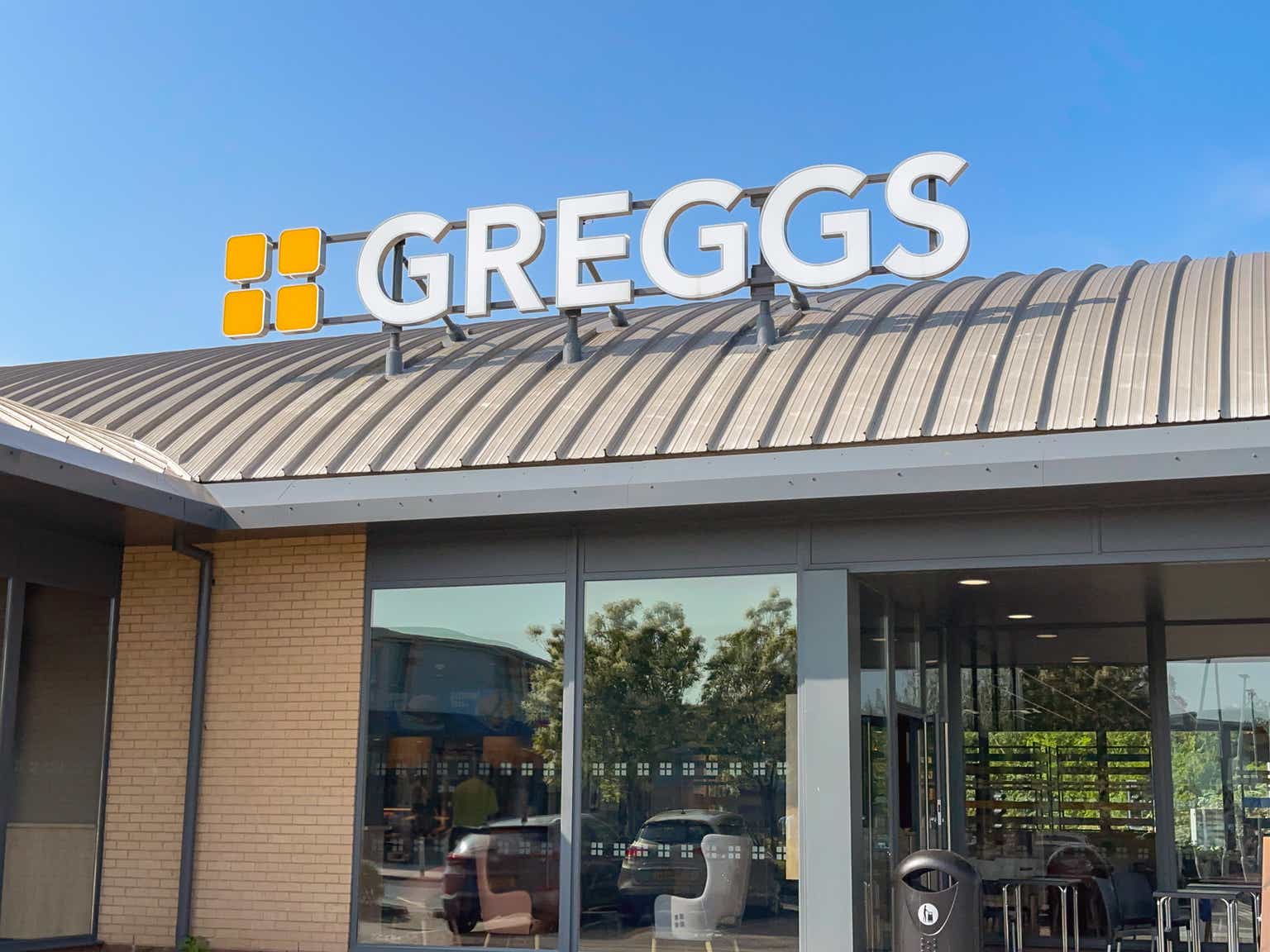Greggs (OTCPK:GGGSF) is a name widely familiar in the U.K. but not necessarily elsewhere.
I last covered Greggs back in October 2020, in my hold-rated piece Greggs: Business As Normal Will Take A Long Time. At that point, I had concerns about the valuation given the lack of visibility about what the company’s financial performance might look like as it sought to recover pre-pandemic levels of trade.
Since then, Seeking Alpha shows an increase of 60%. My piece appeared at what turned out to be close to the bottom and, in retrospect, was a good buying opportunity in the company.
Business Model Strength
Greggs does not have an equivalent in many markets so for readers unfamiliar with the U.K. high street, its appeal may not be immediately obvious.
It operates a nationwide chain of bakeries selling baked goods including savoury products that are popular for a lunch or snack. The menu is quite simple and consistent, allowing for some centralised production and also giving the chain national appeal. It is fairly good value compared to competitors. For example, when I travelled to London to watch the King’s Coronation, there were few cheap eating options for warm food that wasn’t junk food close to my central London hotel. Not only did I end up picking up a savoury snack on a Friday evening, but on Saturday morning the breakfast deal of a warm savoury pie and coffee for around three pounds, cheaper than some local stores charge for coffee alone.
With an app and seating area in some units (which I regard as a smart use of excess space), the company has been trying to increase its reach and appeal across the day, beyond the typical breakfast and lunchtime busy times. The company has also been expanding its presence on food ordering app Uber Eats (UBER) alongside Just Eat (OTCPK:JTKWY).
The business model is simple, proven, and unrivalled in the U.K. There are some strong regional bakeries but none have the national name recognition or now iconic menu items of Greggs even if the product itself is pretty similar.
I think the business model continues to be attractive and I see substantial room for future expansion, both in the British Isles and elsewhere.
Strong 2023 to date
In a trading update for the third quarter published last week, the company underlined how strong business has been lately.
Quarterly sales were up 21% compared to the prior-year quarter. Company-managed shop like-for-like sales grew 14%, while a key driver for growth was estate expansion. So far this year, 82 net new shop openings have occurred and the company expects 135-145 for the full year. At the end of last month, the estate stood at 2,410 shops: 1,928 company-managed shops and 482 franchised units. The company has said that it aspires to reach significantly more than 3,000 shops.
The sorts of strategic initiatives I mentioned above in my discussion of the business model also helped: evening trade was 9% of company-managed shop sales in the period, while 13% of company-managed shop transactions in the quarter were through the app, which in theory ought to be quicker and more reliable for staff to use as well as also helping Greggs build a better understanding of customer habits.
At the back end, the company continues to build out infrastructure to support its ongoing growth, with a fourth production line coming online in recent months at the centralised manufacturing plant and additional logistics capacity planned for two distribution centres next year.
Future Prospects and Risks
With strong sales growth and the company seeing inflation beginning to ease, the full-year prospects for Greggs are promising. The company has repeatedly said trading is in line with its expectations but, as far as I am aware, it has not laid out those expectations in detail.
Revenues last year were 30% higher than 2019 and post-tax profits were up 38%. The 2019 dividend was scrapped, but last year’s full-year dividend of 59p per share was 65% higher than the 2018 payout. The company has zero borrowings and strong operating cash flows although its investment in growth means that it generated negative free cash flow in the first half, of -£53m.
A slowdown in sales due to another event like a pandemic remains a clear risk. I also see some risk in the expansion of the physical estate at a time when footfall in British high streets continues to struggle. Then again, the company has been nimble in opening sites in a variety of locations and shops can also serve to service digital orders and deliveries.
Long-term Bargain
I think there is far more clarity now about the possible direction of Greggs’ business than when I last wrote about the baker three years ago.
So, despite a big jump in the share price in the intervening period, I now change my rating to a buy.
The P/E ratio of 20 is not cheap. But the business has the wind in its sails, with aggressive growth plans being rolled out that are already positively impacting business performance. The first nine months of the year demonstrated that and I think Greggs’ simple but proven strategy and growth ambitions could push the share price higher from here in the coming years.
Editor’s Note: This article discusses one or more securities that do not trade on a major U.S. exchange. Please be aware of the risks associated with these stocks.
Read the full article here












